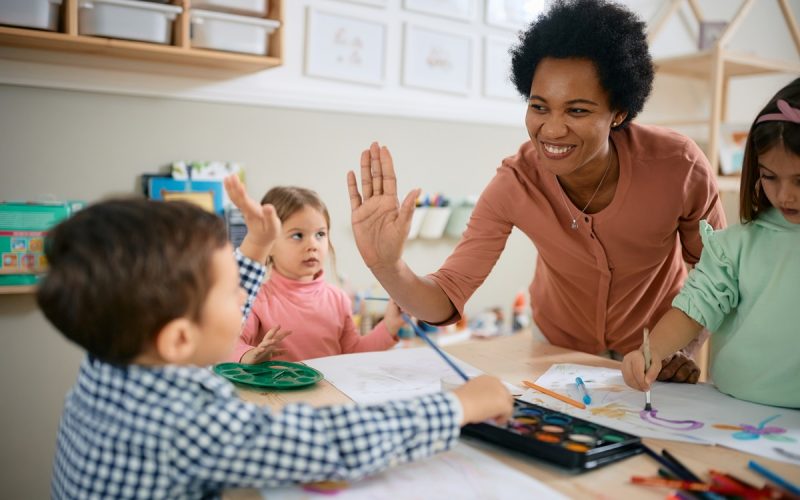I am aware that not everyone may be acquainted with the term ‘safeguarding’, and I only realised this through informal chats I have with other parents. As a psychologist who worked in the field and as a mother, the lack of awareness about what safeguarding minors is enticed me to write about the subject matter. Anyone genuinely concerned about the well-being of minors should understand what safeguarding is about and which actions are necessary to ensure the holistic welfare of children and young people.
Let’s start with a brief definition. In the context of minors, safeguarding encompasses the prevention of harm, the promotion of a secure environment and the establishment of proper channels to address any concerns related to a minor’s well-being. While parents are legally bound to safeguard and protect their children, the responsibility for the safeguarding of minors should be a collective effort.
But the duty of safeguarding extends beyond providing physical care. Those entrusted with the care of minors should ensure they are well-versed in safeguarding so that no child and or young person is taken advantage of, harmed physically, sexually and/or emotionally.
From an organisational perspective, this undoubtedly involves implementing safeguarding policies and procedures. Environments such as schools, sports clubs and other service providers hosting children’s extracurricular activities should have a comprehensive code of conduct, anti-bullying measures and safeguarding guidelines. Regular training on identifying abuse and bullying, along with clear procedures to following within each specific entity if concerns raised is paramount.
For children and young people to feel comfortable speaking about their concerns, it is essential that they are educated about what is appropriate and what is not. This education should start early, with educators and caregivers engaging in conversations about physical boundaries and assertiveness. Furthermore, when children and young people do disclose their concerns, it is crucial that their disclosures are well-handled, taken seriously and properly investigated.
Perpetrators of abuse thrive on secrecy. Establish a family culture that rejects the notion of keeping secrets, consistently reinforcing an environment of openness. This practice empowers children to speak out when someone attempts to manipulate them into silence through secretive means.
Another essential piece of advice for caregivers and those genuinely concerned about the wellbeing of minors is to avoid placing blind trust. What do I mean?
Quite often, instances of abuse involve individuals whom both the child and the caregiver trust and hold in high regard. In my experience working in the field, it is not unusual to find that the perpetrator holds a position of trust, whether through a specific role or affiliation with the child. The underlying message here is straightforward. Familiarity with a person should not automatically translate into blind trust. And it is here that the implementation of safeguarding measures come into play because at least these ensure an environment that fosters safety. Educating minors about boundaries is equally crucial. This includes conveying information and empowering young children to be assertive and what to do in case someone attempts to violate their boundaries.
Having discussed various aspects related to safeguarding of minors, I trust that parents and caregivers perusing this article are now aware of the significance of inquiring about safeguarding protocols in the environments their child regularly frequents. Do not hesitate to inquire with schools or extracurricular service providers about the specific measures they have in place to ensure the comprehensive wellbeing of children. As a caregiver, you are entitled to be informed and it is your responsibility to voice concerns should you be told that no safeguarding measures are in place. For service providers I trust that this article ignites a commitment to prioritizing safeguarding in your agenda.










